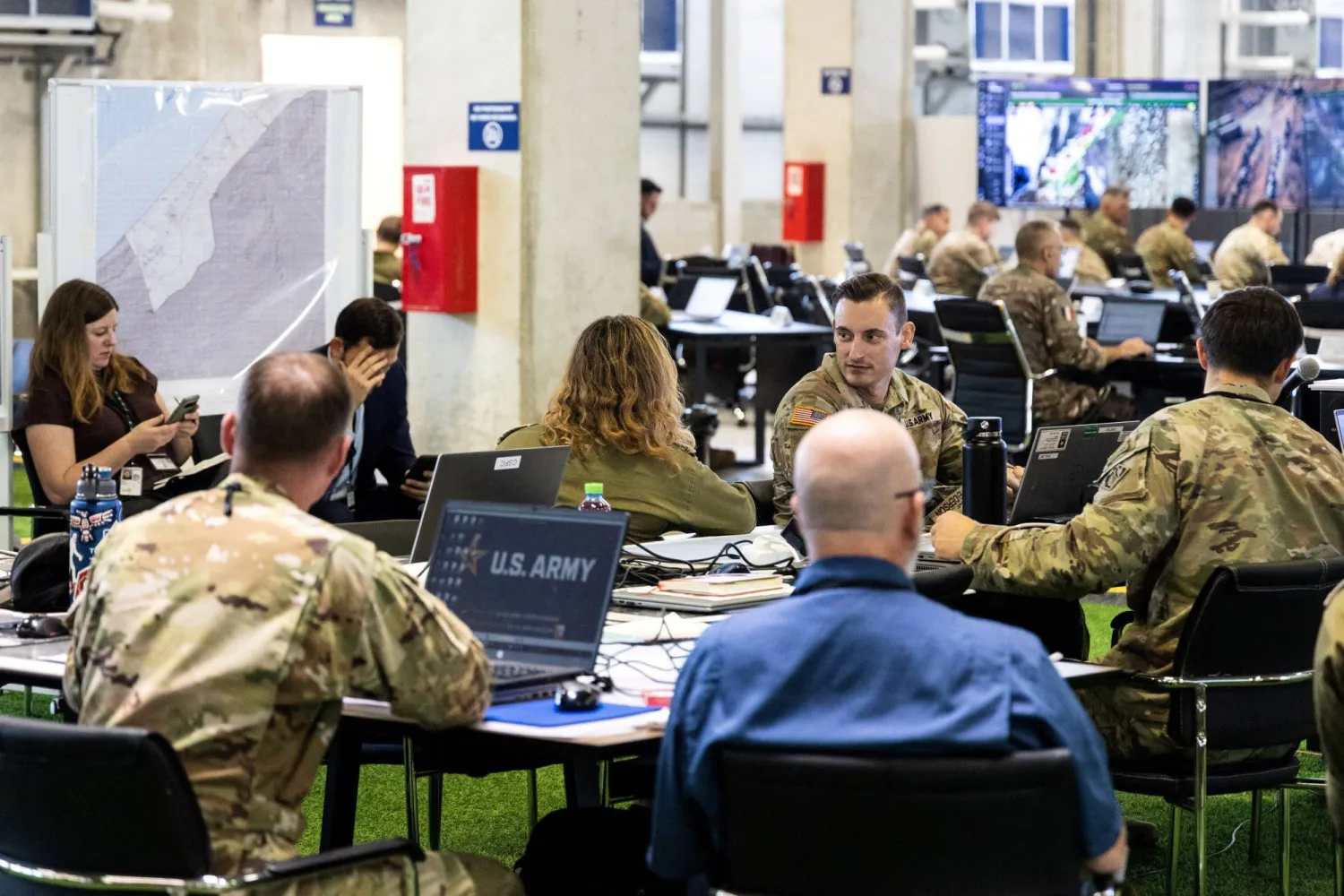Lebanon’s Iran-backed Hezbollah group resumed its attacks on Israel and intensified its military operations after repairing its military machine damaged in the “preemptive” strike carried out by the Israeli army last Sunday.
Israel said its “preemptive” strikes had targeted the party’s rocket launchers in southern Lebanon.
Field sources in southern Lebanon told Asharq Al-Awsat that Hezbollah repaired its military machine after the strike, which allowed it to resume launching rockets at Israel.
Four days following the Israeli attack, the group focused on using drone explosives and artillery shells to target gatherings of Israeli soldiers near military positions opposite the Lebanese border.
On Thursday, Hezbollah resumed rocket launches with greater intensity. The operations significantly increased on Friday.
The Markaziya news agency reported that Hezbollah launched Falaq and Katyusha rockets at Israeli military sites in the Galilee for the first time since the escalation last Sunday.
Hezbollah’s renewed intensity suggests that the party has "rehabilitated its military machine," which was subjected to heavy bombing on Sunday morning following a wide-scale Israeli attack involving dozens of airstrikes and hundreds of aircraft, aimed at thwarting retaliation for the assassination of its military commander, Fuad Shukr.
Israel has reportedly observed a sharp decrease in the intensity of the bombardment. Israeli media reported on Wednesday that "since the preemptive strike against Hezbollah, the lowest number of rocket launches on the north has been recorded”.
On Saturday morning, sirens were sounded in Misgav Am and Malkiya along the border with Lebanon. The Israeli Army Radio reported that three rockets fell in open areas in the Upper Galilee, without any reports of injuries.
Lebanese media outlets said that around 40 missiles were launched from Lebanon towards Israel, making it the heaviest barrage since last Sunday.









